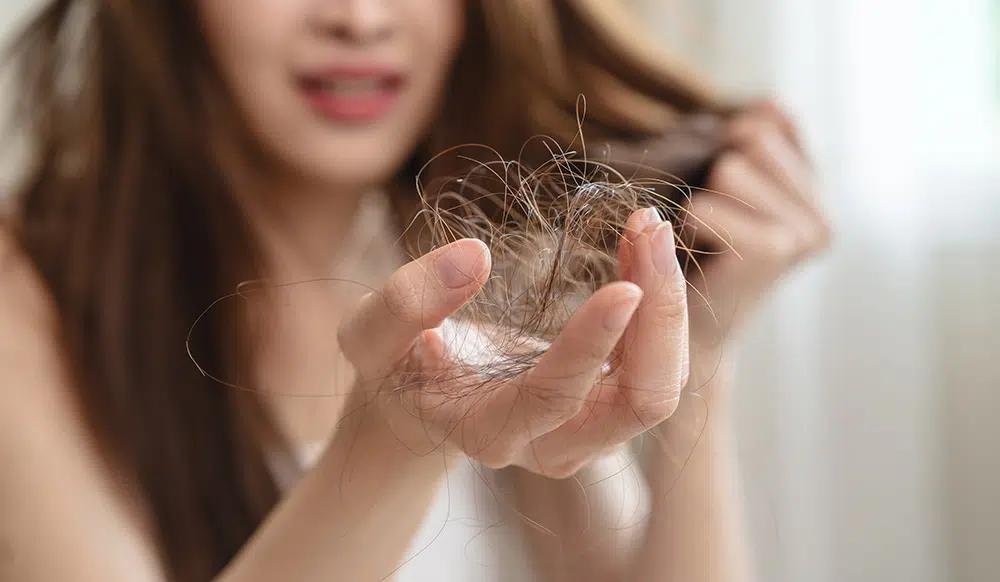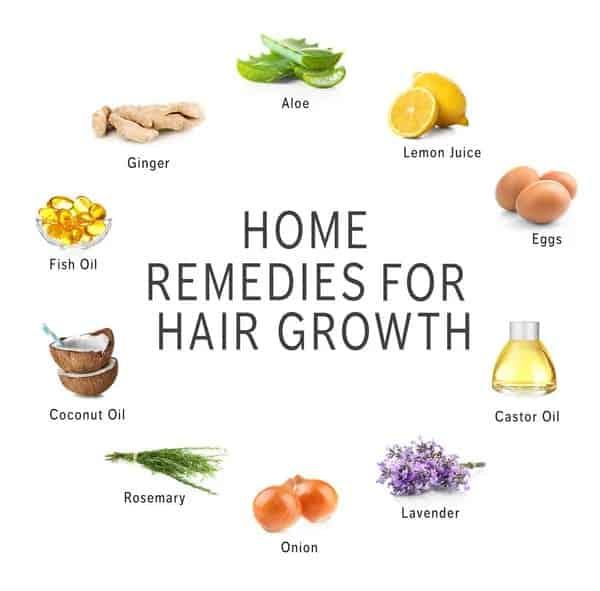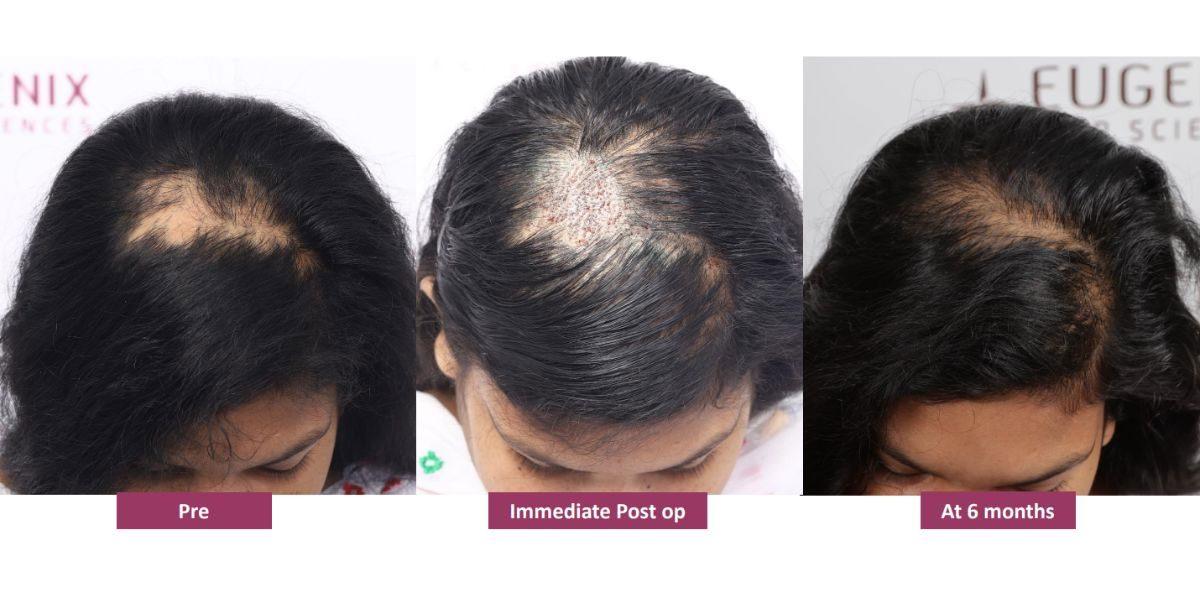The Ultimate Guide too Hair Restoration for Men and Women: A Journey to Renewed Confidence
In a world where first impressions often make a lasting impact, hair remains one of the most visible markers of our personal identity and style. For many, the experience of hair loss can feel like an unwelcome transformation, leading to questions about self-image and confidence. Whether you’re a man facing the subtle thinning of your crown or a woman navigating the complexities of a receding hairline,the journey back to lush,vibrant locks can seem daunting. However, with advancements in hair restoration technology and a wealth of knowledge at our fingertips, reclaiming a fuller head of hair is no longer merely a dream—it’s an attainable reality.
In this extensive guide, we delve into the myriad of hair restoration options available today, unraveling the science behind each method while demystifying myths and misconceptions that frequently enough cloud this topic. From cutting-edge surgical techniques and innovative non-invasive treatments to lifestyle adjustments that promote healthier hair, this article aims to equip you with the resources and insights necessary to make informed decisions.Join us as we explore the paths to renewal—one strand at a time—and unlock the potential for not just restored hair, but restored confidence as well.
Understanding Hair Loss: Causes and Effects
Hair loss can stem from a variety of sources, both genetic and environmental. Understanding the underlying causes is vital in determining the appropriate restoration method. Genetics plays a significant role, where conditions like androgenetic alopecia (male or female pattern baldness) affect millions. Beyond hereditary factors, certain medical conditions, such as thyroid disorders, can disrupt the normal hair growth cycle, leading to thinning and loss. Furthermore, nutritional deficiencies, particularly a lack of essential vitamins and minerals, can negatively impact hair health.
External factors must also be considered, as thay can contribute to the overall health of your hair. Stress, both physical and emotional, can cause telogen effluvium, a condition where hair sheds more than usual. Additionally, exposure to harsh chemicals in hair products or treatments can weaken hair strands, leading to breakage and loss. Environmental elements like pollution and harsh weather conditions can also take a toll, causing dryness and brittleness. Each factor intertwines with one another, creating a complex web of triggers that can exacerbate hair loss.
| Cause | Effect |
|---|---|
| Genetic predisposition | Increased hair thinning and balding |
| hormonal changes | sudden loss or thinning of hair |
| Nutritional deficiencies | Weak hair and excessive shedding |
| Stress | Temporary hair loss |
ultimately,recognizing the causes not only helps tailor solutions but also fosters a proactive approach to hair health. With numerous treatment options available—ranging from topical solutions to advanced surgical techniques—individuals can navigate the complexities of hair loss with more clarity.Addressing both the root causes and symptoms is crucial in any effective hair restoration journey, paving the way for healthier, fuller hair.

Exploring Modern Treatments: Techniques and Technologies
In the ever-evolving landscape of hair restoration, advanced techniques and cutting-edge technologies are making significant waves. One of the standout methods is Follicular Unit extraction (FUE), which has gained popularity due to its minimally invasive nature. This technique involves extracting individual hair follicles from a donor area, typically the back of the head, and implanting them into the thinning areas. The precision of this method leads to natural-looking results with minimal scarring.
Another exciting advancement is the utilization of Platelet-Rich plasma (PRP) therapy. This innovative treatment involves drawing a small amount of the patient’s blood,processing it to concentrate the platelets,and then injecting it into the scalp. This not only promotes hair growth but also ensures the health of existing hair follicles. PRP therapy is especially appealing as it harnesses the body’s healing powers, making it a safe and effective option for many.
| Treatment Method | Key Benefits | Ideal Candidates |
|---|---|---|
| FUE |
|
|
| PRP Therapy |
|
|
For those looking to combine techniques, Robotic Hair Restoration Systems provide a highly precise method of implementing hair grafts with minimal human intervention. These systems analyze the scalp and target optimal follicular units for extraction and placement. This robotic solution not only enhances accuracy but also reduces the time and physical strain on both the patient and the surgeon. Continuous advancements in these areas suggest that the future of hair restoration will be even more personalized, efficient, and effective.

Natural Remedies and Lifestyle Changes for Healthier Hair
To cultivate luscious hair, consistent care and natural remedies can make a world of difference. Incorporating essential oils into your routine can boost scalp health and stimulate growth. Opt for oils such as rosemary, lavender, and peppermint — known for their invigorating properties. Here’s a simple homemade hair oil blend to try:
| Ingredient | Amount |
|---|---|
| Castor oil | 2 tablespoons |
| Jojoba Oil | 1 tablespoon |
| Essential Oils (Lavender & Rosemary) | 5 drops each |
Along with oils, herbal rinses can provide nourishment and strength to your hair. Creating a rinse with either green tea or aloe vera can definitely help in maintaining moisture and providing an extra shine.simply steep green tea bags in hot water,let it cool,and use it as a rinse post shampoo. For aloe vera, blend the gel with some water, and apply it directly to your scalp before washing. Both of these options offer natural nourishment and protection against environmental stressors.
Lastly, adopting a few lifestyle changes can enhance hair health significantly. Staying hydrated is basic; aim for at least 8 glasses of water daily to keep your hair follicles well-nourished. Additionally, a balanced diet rich in vitamins and minerals can bolster growth. Incorporate foods high in omega-3 fatty acids, biotin, and protein, such as fatty fish, nuts, and eggs. Remember, what you consume directly impacts the vitality of your hair, so choose wisely!

Choosing the Right Path: Professional Solutions vs. DIY Approaches
The decision between professional solutions and DIY approaches for hair restoration is pivotal, and the choice frequently enough hinges on individual needs, budget, and desired results. Professional treatments typically offer advanced technologies and methods that have been tested and approved for safety and efficacy. These options may include:
- Medical Treatments: Such as finasteride and minoxidil.
- Surgical Options: Including hair transplants and scalp reduction.
- Laser Therapy: Non-invasive procedures designed to stimulate hair growth.
On the other hand, DIY approaches can be more accessible and cost-effective, allowing individuals to explore various products and techniques from the comfort of their homes. Common DIY methods include:
- Natural Remedies: Such as essential oils and herbal treatments.
- Over-the-Counter Products: Shampoos and serums infused with active ingredients.
- Nutrition and Supplements: Food and vitamins that promote hair health.
While DIY methods can provide incremental improvements, they often lack the robustness of professional treatments, which are guided by medical expertise. It’s crucial to balance these options according to personal circumstances.Below is a simple comparison table to help visualize the differences:
| Criteria | Professional Solutions | DIY Approaches |
|---|---|---|
| Cost | Higher initial investment | Budget-kind |
| Expertise | Administered by trained professionals | self-directed with limited guidance |
| results | Typically more consistent and faster | Variable and may require time |
The Conclusion
embarking on the journey of hair restoration, whether as a man or a woman, is not just about reclaiming lost strands; it’s about rediscovering confidence and embracing one’s unique identity. With modern advancements in technology,a plethora of treatments available,and an array of styles to explore,the options are genuinely tailored to meet your individual needs. Remember, the process of restoring hair is as much about self-care and self-expression as it is about aesthetics.
As you step forward, equipped with knowledge from this guide, consider your goals and preferences, consult with professionals, and choose the path that resonates most with you.Hair restoration is a deeply personal experience, and every journey, regardless of its outcome, contributes to the broader narrative of who we are. So take a deep breath, celebrate your individuality, and embark on this transformative adventure – your hair story is waiting to be written!
